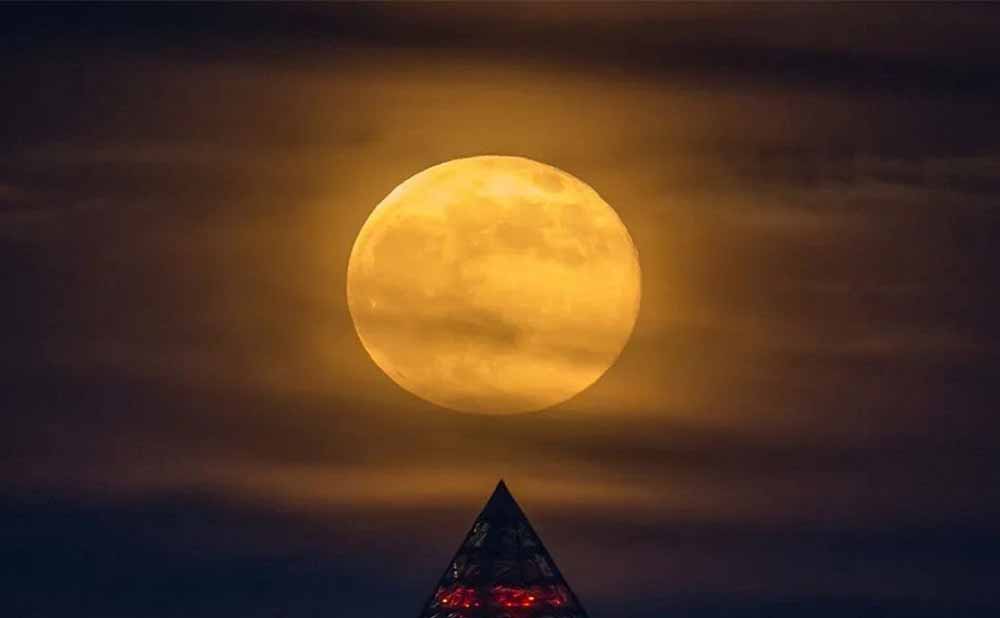Table of Contents

Let's Look Forward to The Supermoon on June 14th Together
"I’ma all nighter Supermoon
今夜も I’ll make you move
I’ma dive all night into you
Into you
I’ma dive all night into you
Stay for tonight

......"
Whether you've heard of this SUPERMOON or not, the supermoon that's about to rise next Tuesday will come on time.
Supermoon will appear four times in total during this year, and it will become the second round of "super moon" this time (the first time it appeared on the "red moon" in May, I believe that many fans have recorded its beauty ), rising into the night sky a week before summer in the northern hemisphere (note: astronomy uses the summer solstice as the start of summer). And it's sometimes called the "Strawberry Moon" by Native Americans, of course not because it has the same shape or color as a strawberry, but just because it marks strawberry harvest season. The next two super full moons will be July 13-14 and August 11.
Supermoon is a term proposed by American astrologer Richard Nolle in 1979. It is a phenomenon in which the moon is near perigee when the moon is new or full. The full moon at perigee is called a super full moon. Because the moon orbits the earth in an elliptical orbit, the distance between the moon and the earth is constantly changing, so the closer the moon is to the earth when the full moon occurs, the larger the full moon will be seen.
But in fact, many mainstream astronomers do not agree with the title of "supermoon", because it is more accurate to call the perigee full moon. When the full moon rises over the horizon (i.e. perigee), we see the moon appearing to be larger and brighter than when it rose to the zenith. At this time, the perigee moon is about 14% larger and about 30% brighter than the apogee month (depending on the weather conditions). However, such changes in size and brightness are not easily detected by the naked eye.
Anyway, what's the most important thing is that you take the time to get under the night sky for yourself. Get a short and beautiful peace in the bright moonlight.
The full moon period is a good time to observe the lunar terrain because the bright moonlight dwarfs the other stars in the night sky, it is the only protagonist, and with the naked eye, you can see the clear details on the moon. Of course, too many of our users are always fascinated by it. Although it is almost impossible in this life to have the opportunity to go to the moon in person, its mysterious veil has already been unveiled to us, and we have the opportunity to appreciate it all the time.
Look through binoculars or a telescope and you'll see craters, mountains, and large swaths of other topographic features on the lunar surface. For beginners with equipment, the moon is an excellent observation target, because you can almost observe it in the sky, and this target is relatively large, you can use it to practice tracking, note that the penumbral lunar eclipse will be about 1-hour starts and ends at about one hour round. At that point, the entire moon will enter a deep shadow known as the "umbra" of Earth, which blocks sunlight from reaching the moon directly.
Arrange the time in advance, set an alarm for this day, and make an appointment to watch the moon with friends or loved ones!


There are no customer reviews yet . Leave a Reply !